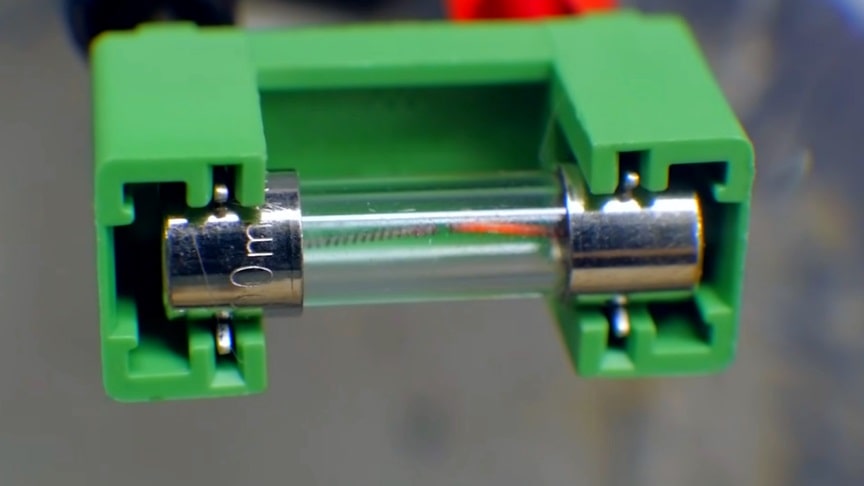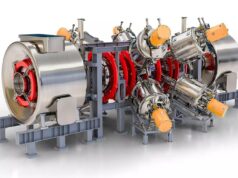Exploring the protective systems that keep the power grid from self destructing.We usually think of the power grid in terms of its visible parts: power plants, high-voltage lines, and substations. But, much of the complexity of power grid comes in how we protect it when things go wrong.
source/image: Practical Engineering
When your power goes out, it’s easy to be frustrated at the inconvenience.But consider also being thankful that it probably means things are working as designed to protect the grid as a whole and ensure a speedy and cost-effective repair to the fault.Watch the video from Practical Engineering for more info:
In power supply networks, the power generation and the electrical load (demand) must be very close to equal every second to avoid overloading of network components, which can severely damage them. Protective relays and fuses are used to automatically detect overloads and to disconnect circuits at risk of damage.
Advertisement
Under certain conditions, a network component shutting down can cause current fluctuations in neighboring segments of the network leading to a cascading failure of a larger section of the network. This may range from a building, to a block, to an entire city, to an entire electrical grid.wikipedia











